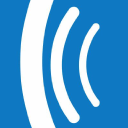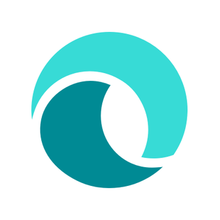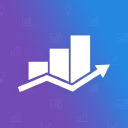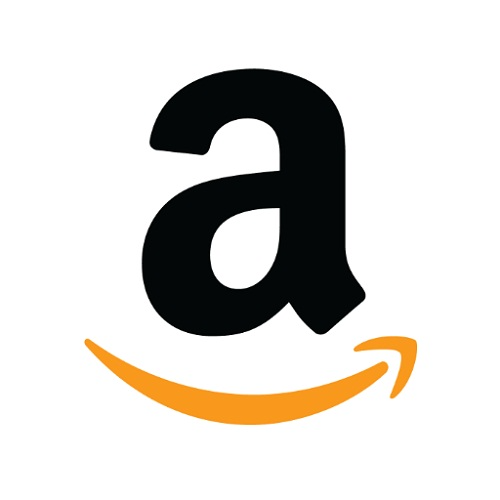Building A 6-Figure Business With A Niche Sites, Podcasts & YouTube Channel Portfolio
I’m Doug Cunnington, and I run a media company, Niche Site Project, consisting of niche websites, podcasts, and YouTube channels. The niche websites earn from ad revenue and affiliate commissions.
I also developed online courses teaching other people to start working on side hustles.
One podcast, Affiliate Marketing and Side Hustles on the Doug.Show, and YouTube channel help people learn more about niche websites, SEO, affiliate marketing, and working online.
The courses, podcasts, and YouTube videos are great for people who have corporate jobs and want to work for themselves. The content resonates with people who have corporate jobs, just like I had.
They know what it’s like to work for a boss who doesn’t make the best decisions, which is frustrating! They want to get out of the situation and start being the boss.
The other show, Mile High FI Podcast, is about financial independence, personal finance, and life after early retirement. We also have a

Download the report and join our email newsletter packed with business ideas and money-making opportunities, backed by real-life case studies.

Download the report and join our email newsletter packed with business ideas and money-making opportunities, backed by real-life case studies.

Download the report and join our email newsletter packed with business ideas and money-making opportunities, backed by real-life case studies.

Download the report and join our email newsletter packed with business ideas and money-making opportunities, backed by real-life case studies.

Download the report and join our email newsletter packed with business ideas and money-making opportunities, backed by real-life case studies.

Download the report and join our email newsletter packed with business ideas and money-making opportunities, backed by real-life case studies.

Download the report and join our email newsletter packed with business ideas and money-making opportunities, backed by real-life case studies.

Download the report and join our email newsletter packed with business ideas and money-making opportunities, backed by real-life case studies.


























